Facebook is a great partner and Pandora isn’t a real threat. Because radio is social and it’s everywhere, and consumer habits change slowly, says Clear Channel CEO Bob Pittman.
Although TV is a much bigger business, radio’s future in this Internet age looks very promising. Especially for media conglomorates like Clear Channel, owning 1.000 radio stations and 1.000.000 billboards worldwide. Among Pittman’s goals are: using assets effectively, creating win-win partnerships, and driving more growth.
“I’m a heroine addict who’s touched heroine again”
From NBC to CCC
The man who started his career at the age of 15 as radio announcer and programmed the legendary WNBC-AM in New York as a 23-year-old, is now back in radio! Robert Pittman, partly responsible for changing the American TV and Internet industry by heading companies like MTV and AOL, has been named Chief Executive Officer of Clear Channel Communications (owning 850 radio stations in the USA alone) in October 2011. A reason for digital innovation platform AllThingsD to invite him to their D: Dive Into Media conference. We bring you the session’s radio highlights.
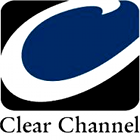 Becoming radio-addicted again
Becoming radio-addicted again
Pittman joined Clear Channel in November 2010 “to help out a little bit”, as he calls it. “But the minute I touched it, I said: oh, my God – I’m a heroine addict who’s touched heroine again.” As head of Media and Entertainment Platforms he was developing a digital radio strategy for Clear Channel and guided the re-launch of iHeartRadio and a major promotion concert in Las Vegas, hosted by New York City radio personality Elvis Duran [interview].
Increasing radio asset value
The media executive, entrepreneur and investor climbed to the top of a corporate ladder once again. He recalls that “the recruitment speech was: hey – you’re already working fulltime. Why not become CEO?” Pittman accepted Clear Channel’s job offer as he sees many opportunities for the media company. “They’ve done radio really well, much better than anyone else in the industry. But what they had not done, is say: what else can we use these assets for? How can they grow, move into these new worlds and create additional value? That’s what got me so excited.”
“If we just sell advertising: shame on us”
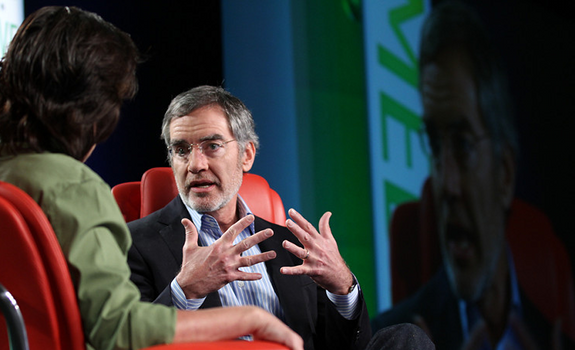
Bob Pittman: social interaction differentiates radio stations from music collections (photo: Asa Mathat, AllThingsD)
Interacting with listeners personally
Bob Pittman knows that a music collection and live radio are very different. “Your music collection is when you sit down and listen to your music or you’ve got friends over and set the mood for your party, but you’re shutting out the outside world. Radio is when you look outside and say: I’ve got to hang out with other people. You go to radio and hear people telling you about the weather, news, sports, traffic, new songs, some gossip, and there are listeners calling in. It’s a party.”
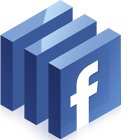 Seeking social & personal partnerships
Seeking social & personal partnerships
“It is a very powerful human feeling to socialize, and radio is all about that. It’s one of the reasons that radio does well with Facebook, which turned out to be our best and deepest partnership. That’s what we want to feed with what we invest in, what we do, and why we are interested in Ryan Seacrest, Elvis Duran and the other talent that we have. Because those are the people you bond with.”
Supporting Ryan Seacrest Productions
Clear Channel acquired a minority stake in Ryan Seacrest Productions. Apart from that, two investment companies that own the majority of the radio giant agreed to pump ‘up to 300 million dollars’ in Seacrest’s entertainment company, which produces TV shows like Keeping Up With The Kardashians. “We’ve got this fantastic platform, reaching 238 million people a month, and someone like Ryan who has the ability, talent and interest to create content. What do we do with it? If we just sell advertising: shame on us.”
“What we build in radio are these incredible franchises”
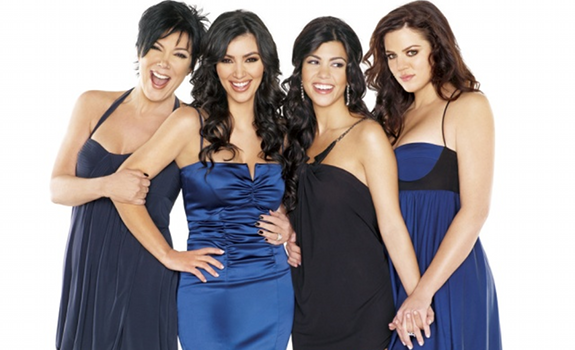
Ryan Seacrest Productions creates reality shows, like Keeping Up With The Kardashians (photo: E! Entertainment)
Promoting talent & content platformwide
“One of the biggest problems in TV today is that the audience is fragmented so much, that their on-air promotion can’t get the awareness for a new show that it once could. We can provide the promotion through our radio stations and digital stuff. Ryan Seacrest is a very unique talent who’s got both the creative and the business chops. He’s a very unusual person and works harder and longer than any human being I’ve ever met in my life. Ryan is someone we want to support. We think it allows us to get additional growth.”
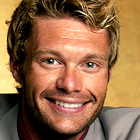 Creating brand & personality franchises
Creating brand & personality franchises
Pittman sees the value of radio personalities for key stations in main markets. “In Los Angeles, people think of Ryan Seacrest and KIIS FM, in New York of Elvis Duran and Z100.” He thinks that long-term alliances where two brands (media personality and radio station) merge are good for both. “What we build in radio are these incredible franchises. However listeners want to get to those franchises is fine: on the Internet, satellite, FM or HD Radio.”
Entering television production market
Notwithstanding the fact that his morning show is heard on their LA flagship station (and 150 syndication affiliates in the US), Clear Channel’s investment in Ryan Seacrest Productions is TV driven. “When you look at what Ryan is really good at and where the money and opportunity is – it’s clearly television”, Pittman says. “When Jamie Kellner and Barry Diller created the FOX network, their secret weapon was using radio to promote their new TV shows. So today, why can’t we use our own advertising to give Ryan’s shows a lift?”
“Pandora, Spotify and iTunes
are all in the music collection phase”
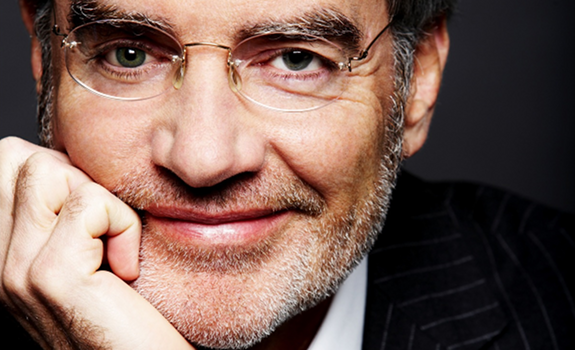
Clear Channel’s Bob Pittman thinks that radio is a great medium to promote television content (photo: AllThingsD)
Looking for win-win partnerships
Clear Channel also aims at social media partnerships. Looking back to when he directed America Online, Pittman thinks that “the secret was that walled garden: if you wanted to talk to people on AOL, you had to join it – and the more people were on AOL, the more joined it. Facebook is the second walled garden; they do it very, very well and I’ve found that they are extraordinary good at partnering. It’s the old Steve Ross philosophy: you’re not doing a good deal if the other person doesn’t do a good deal.”
 Building worldwide promotion platforms
Building worldwide promotion platforms
Clear Channel’s Media and Entertainment division includes joint ventures in Australia and New Zealand (another 128 radio stations). They seems to be interest in the UK radio market as well: “I think Global Radio has done a fantastic job there, pulling together various radio groups and one big radio group.” The first collaboration is a fact: Global Radio’s Capital FM network participated in Clear Channel’s promotion of Madonna’s new single.
Differentiating from music services
How does Clear Channel see online music streaming services? “We look at other radio stations as our competitors”, their CEO says diplomatically. “I think that Pandora, Spotify and iTunes are all in the music collection phase. About 90% of people say that they discover music on the radio; it’s part of our job to build new artists. We do compete with Pandora through the custom radio feature on iHeartRadio, a very small part of our business. Most of its usage is listening to streams of radio stations.”
“We want to capture every bit of
additional radio listening opportunities we can get”
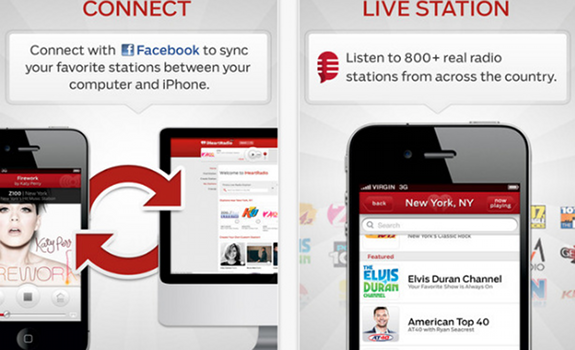
Besides with iHeartRadio, Clear Channel doesn’t compete with online music streaming services such as Pandora, Spotify and iTunes, as they consider these to be a different business model than radio (photo: Clear Channel)
Staying broadcast radio focused
“In essence, iTunes and Spotify are new ways to merchandise the songs that people want to buy.” Pittman questions whether this business model is interesting for them, because Clear Channel has no experience in retailing music and listeners of online music streaming services don’t like advertising. “Pandora has a hard time getting consumers to accept two 15-second commercials an hour. We’re still commercial-free on the iHeartRadio custom feature, because we can’t figure out exactly how to put ads in a music collection.”
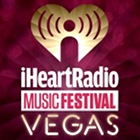 Creating multi-platform digital apps
Creating multi-platform digital apps
It seems that Clear Channel heavily promotes iHeartRadio through promos on key stations like Z100 and music festivals in posh places like Las Vegas. How important is the app for them? “We have to be everywhere our listeners are, with the products and services they expect. So yes, it’s important.” Pittman considers it a benefit that iHeartRadio works not just with one, but with multiple platforms – from the Internet, to the iPhone, to the Xbox.
Being realistic about innovations
Similar to what Dutch media entrepreneur John de Mol [interview] said to Radio)))ILOVEIT, Bob Pittman thinks that innovative ways of digital and online radio listening take a lot of time to grow, as terrestrial radio is still a huge platform. “There are a billion radios. Often when I’m on the computer and I want the radio on, I reach over and turn it on. It’s actually easier than it is to navigate to it on the computer. We want to capture every bit of additional radio listening opportunities we can get. It’s just: be everywhere.”
“There’s not a ‘big screen’ radio coming
which makes my old one look stupid and obsolete”
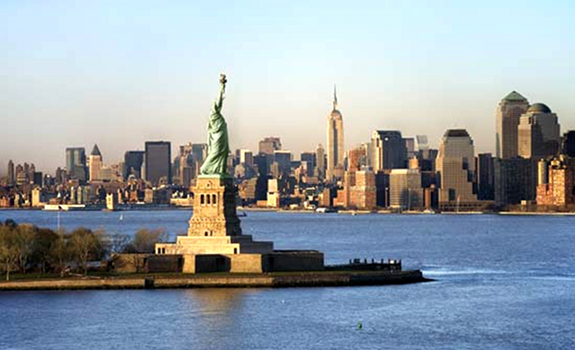
According to Clear Channel, HD Radio didn’t become a success because, especially in major markets like New York, listeners already can choose from a huge amount of stations on AM and FM (photo: Thinkstock, Jupiterimages)
Creating additional audience drivers
Clear Channel’s Chief Executive Officer expects that broadcast will drive radio for a long time. “The numbers are pretty huge. Today, in New York City, you have 200 choices on the radio. We have tried as a radio industry doing commercial-free HD stations… no one came. Why? They’ve already got 200 choices. If you look at users who listen to radio on satellite or the Internet, they actually listen to more broadcast radio than the average person – so they’re our best users. If I’m going to get 5 percent of something else, that’s great; that’s another 5 percent.”
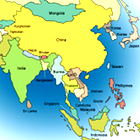 Evaluating new radio markets
Evaluating new radio markets
Do they see opportunities in rising markets like Asia? Bob Pittman indicates that while Asian consumers there love radio, government policies for media can be different from country to country and there is a two-class world of wealthy versus poor people, each asking for different types of radio. “I think one is almost essential as a social good; the other is a kind of radio that you see in the US.” (It doesn’t sound like they have plans for Asia.)
Being people’s daytime companion
In his opinion, radio has potential anywhere in the world. In America, radio is still the second most popular mass medium (93% reach, consumption over 2 hours/day) in the USA. It comes right after TV (95% reach, 3,5 hours/day). Television is your hobby, radio is your companion. You jump in the car, you turn on the radio. My housekeeper comes in the house, and turns on the radio first thing. It’s just the way we live. It’s click and on; really easy. And there’s not a ‘big screen’ radio coming which makes my old one look stupid and obsolete.”
“Consumer habits change at a glacial pace”
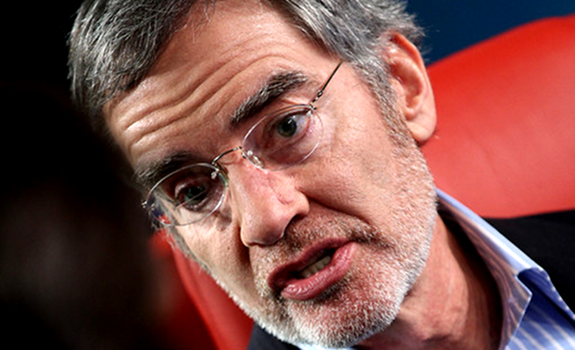
Bob Pittman, CEO Clear Channel: radio is a universal companion and part of life (photo: Asa Mathat, AllThingsD)
Attracting drivers and workers
Someone in the audience assumes that these 2 hours of daily listening mainly happen during drive time. As we really get digital with Internet in the car, services like turntable (that connect people ‘in a real-time music listening experience’) may start to replace radio. How will this change the business? Pittman replies that the often-assumed radio drive time dominance is actually a misconception. “We dominate midday, too. In office listening, the device people use by far the most is radio.” All through the day, radio is the number one reach medium. At nighttime, it’s TV.
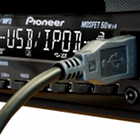 Changing consumer habits slowly
Changing consumer habits slowly
“People do what they have a habit of doing. Most people go to FM and push their favorite [preset] button.” Bob Pittman says that although iHeartRadio is available in the car, it might take 20 years before people adapt this way of listening as “consumer habits change at a glacial pace.” He thinks that if for some reason consumer behavior does suddenly change overnight, Clear Channel is ready for it. “But I wouldn’t count on that to happen.”
Read also:
- “Radio Future Is Multi Platform”
- Social Media Run The Radio Show
- “FM Radio Is Dead, Social Media First”
- Facebook & Twitter For Radio Audience Interaction
- The Future Of Radio: Moving From Crowd To Cloud
Stay tuned, follow us @RadioILOVEIT and click below to share this post:





Add Your Comment